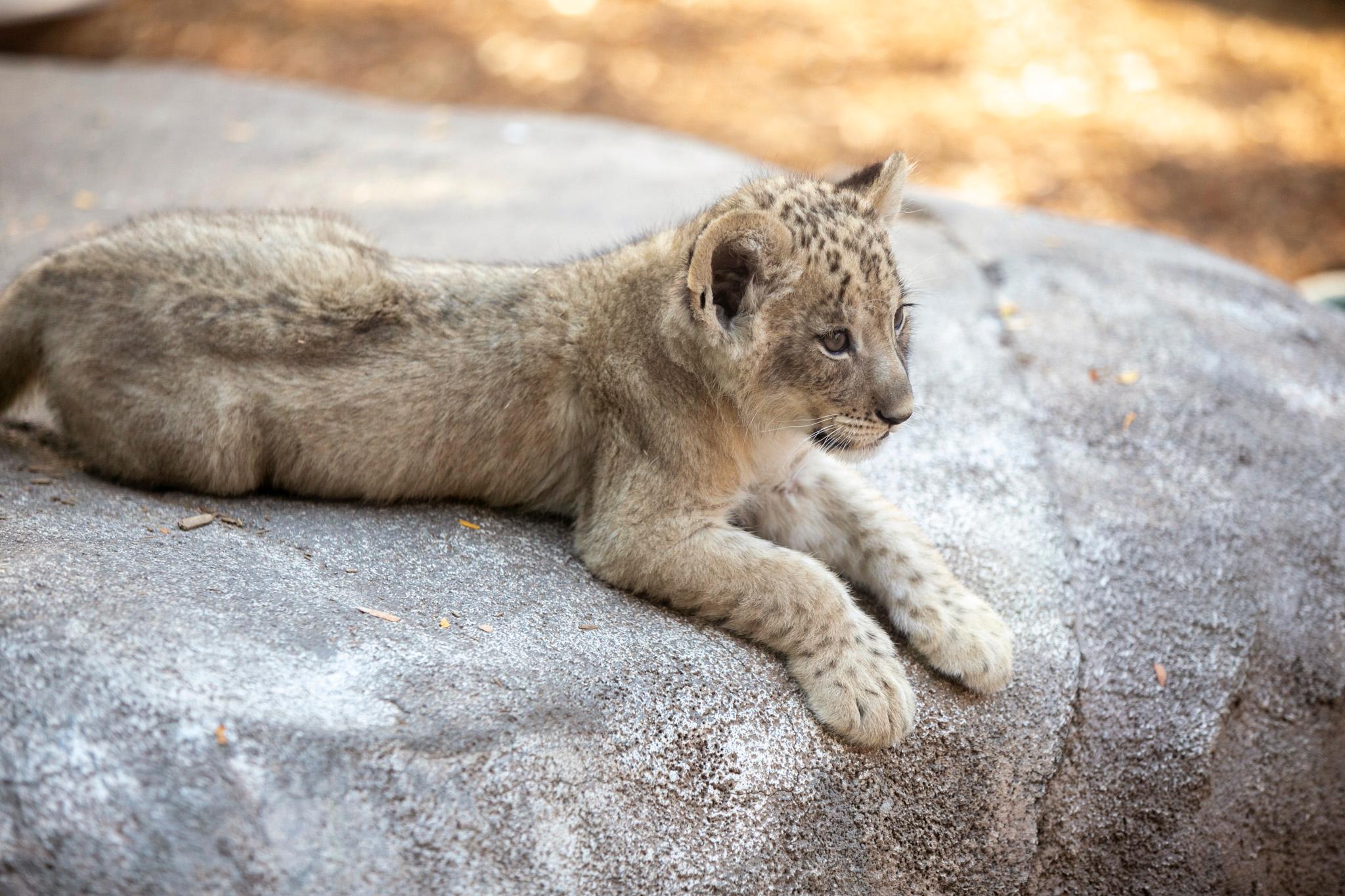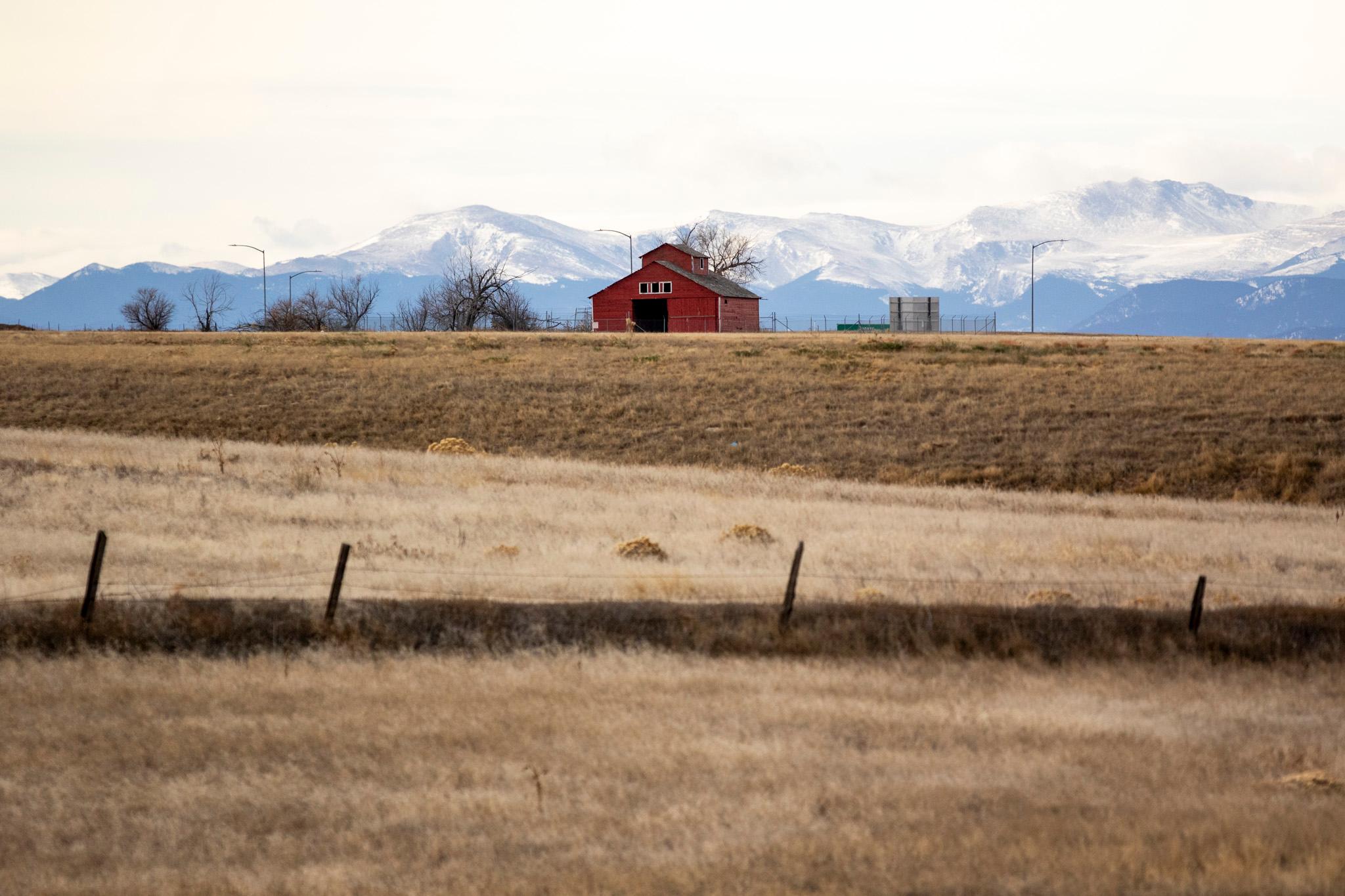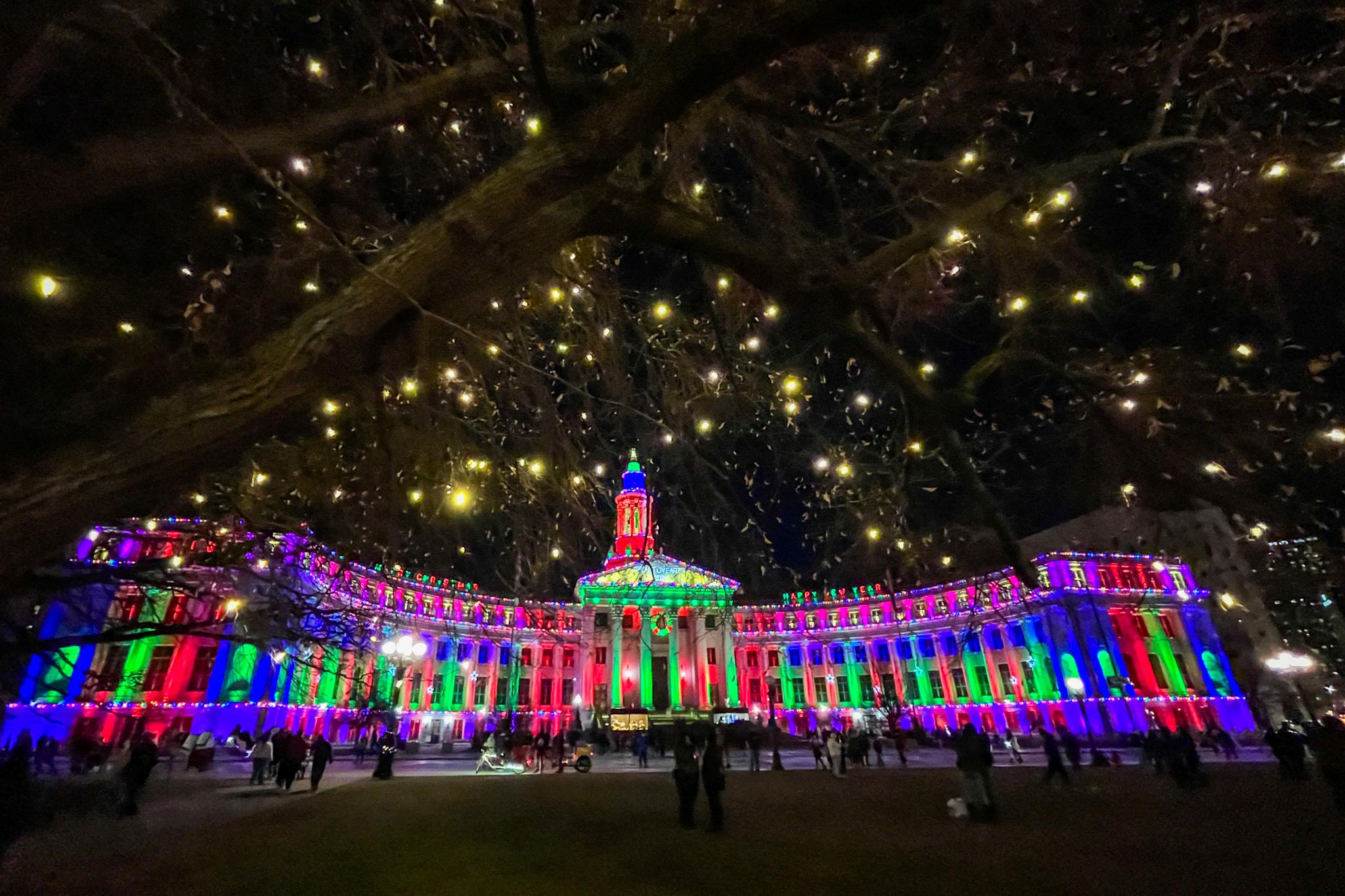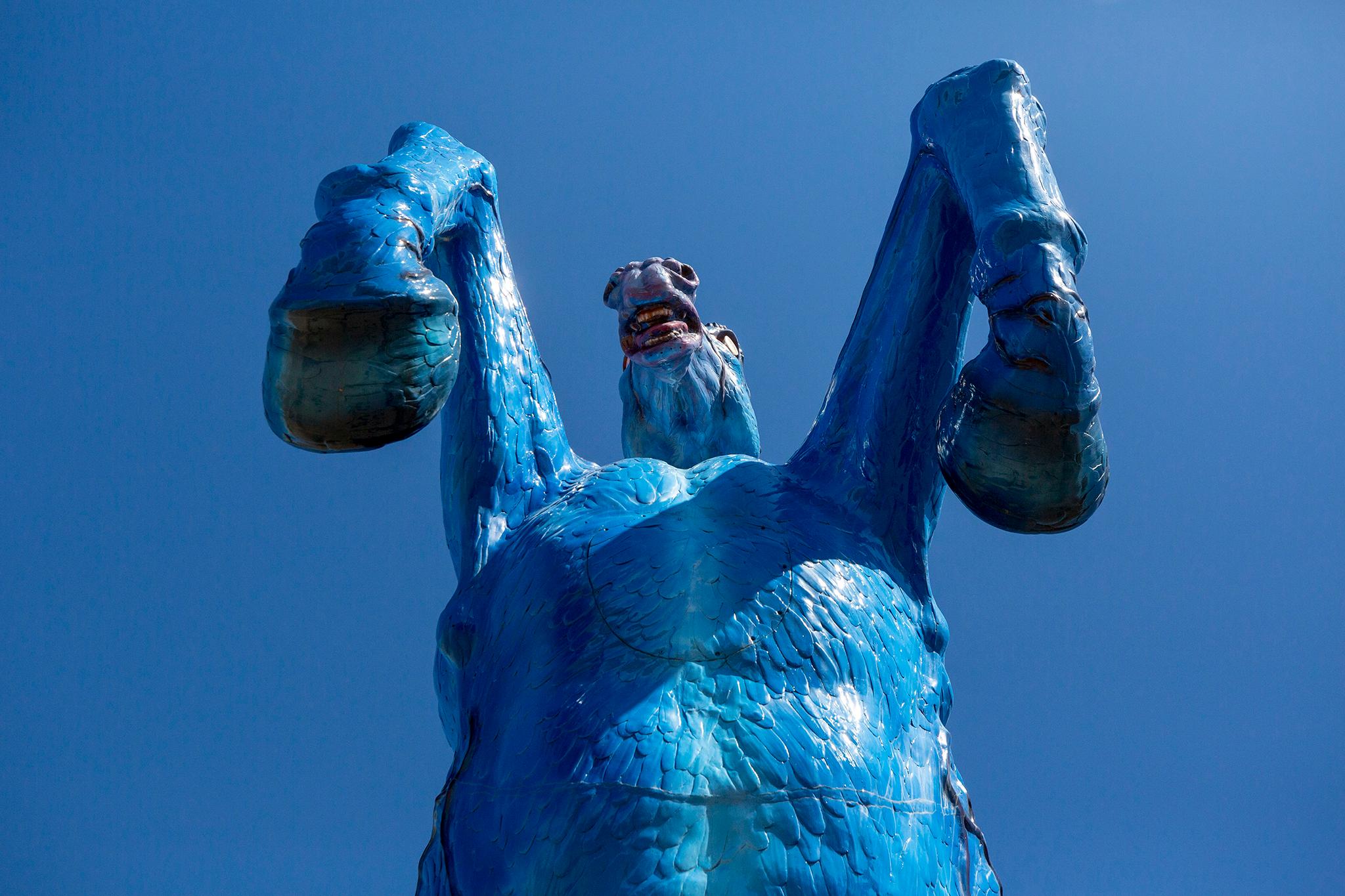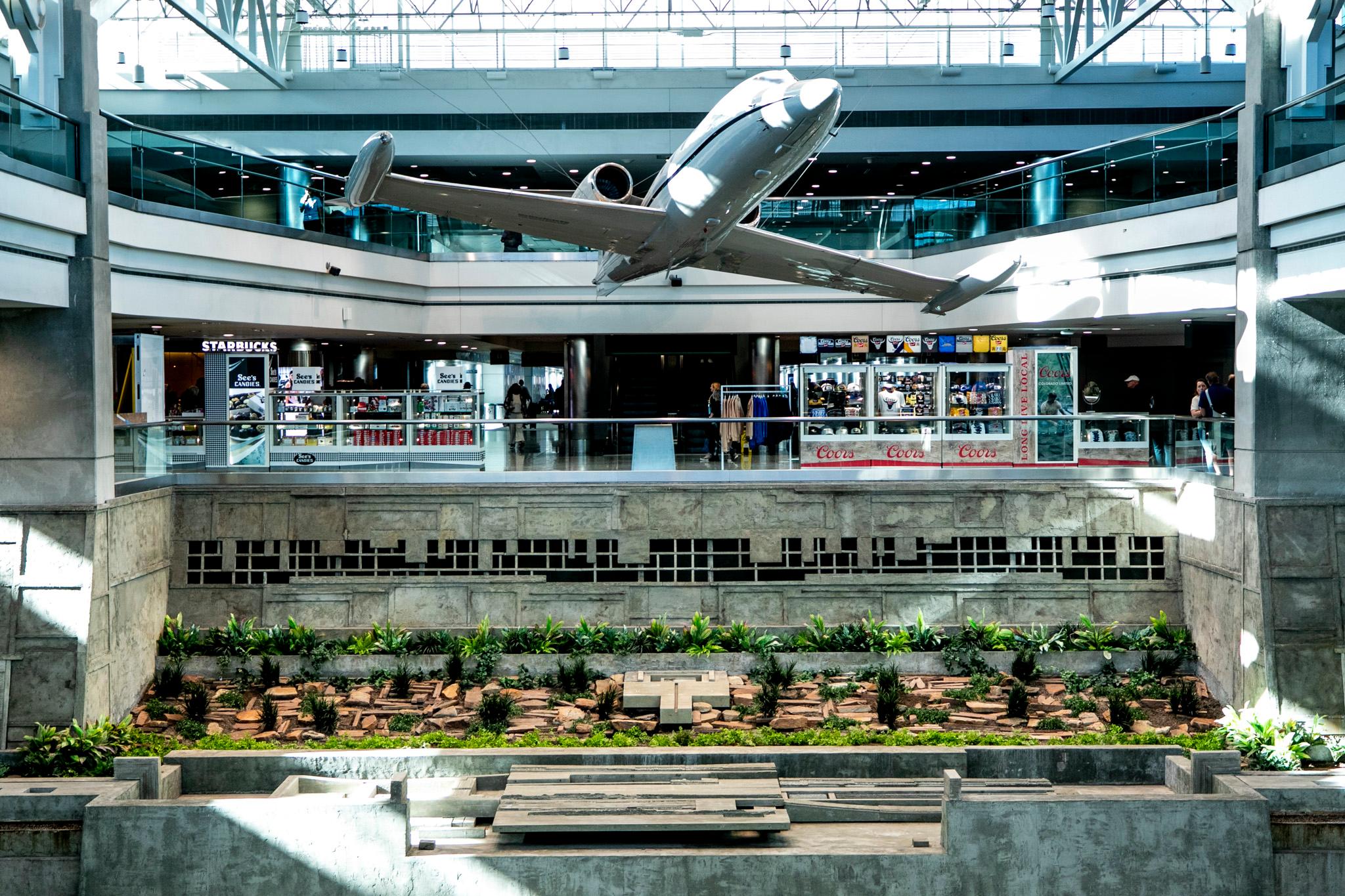There are now four generations of lions living at Denver’s zoo, and the youngest of the pride have finally emerged to meet their adoring fans.
Araali, a lioness who was born at the zoo in 2020, gave birth to her first litter on Aug. 13 — three females and a male, none of them named yet.
Jake Kubié, spokesperson for the Denver Zoo Conservation Alliance, said the new family immediately gained a human following, even though they spent their first months in seclusion.
Zoo staff have been livestreaming and posting about Araali’s pregnancy for months, and some people were absolutely glued to the story.
“We're bringing them along for the journey, and that's really important to us, is just sharing everything that goes on here” he said. “We wanted to give people that opportunity and it was a big hit. Even people here on our staff, when I'd walk by their computers, they'd have one screen with their Excel spreadsheet, another screen with the live cam.”
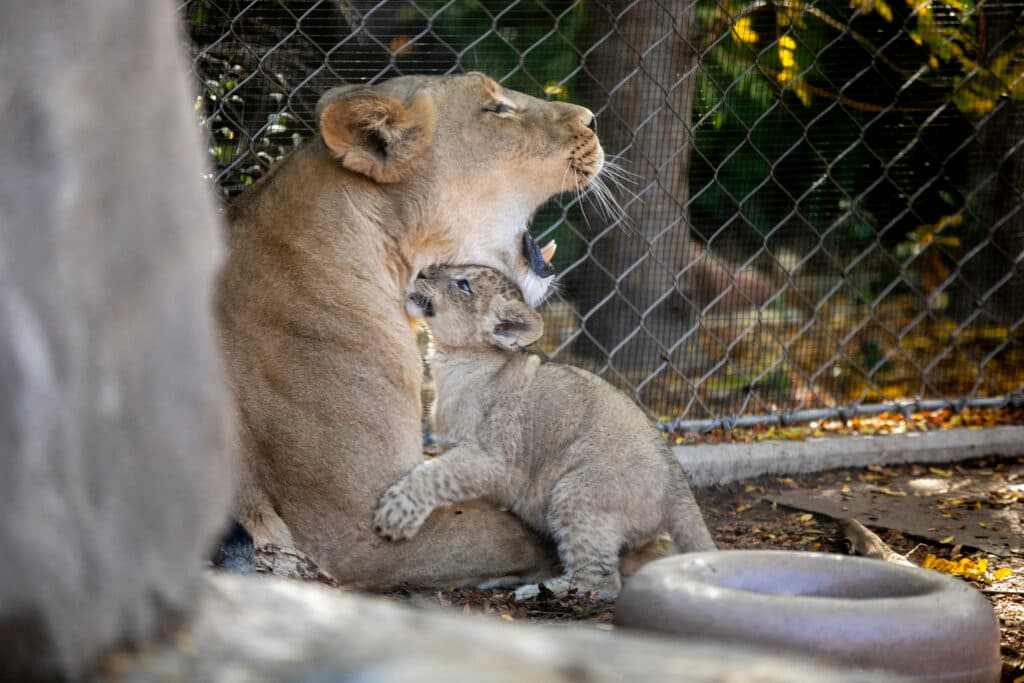
When the cubs moved into a public-facing enclosure on Thursday, hundreds of people were waiting to meet the cute fuzzballs they’d only seen, so far, on a screen.
“I've been watching the cubs on Instagram since they were born,” Sarah Holstein said as she and others visited to press their noses against the glass. “So yeah, I've been waiting for the day that they were going to be viewable.”
Their arrival is the result of a whole lot of planning.
Leah Swift, an animal care specialist who works with carnivores, said births at the zoo are carefully roadmapped, especially for big cats like lions.
It’s not just about making sure Denver’s facility has enough space and resources — she and her colleagues must also consider how many animals are living in zoos across the nation.
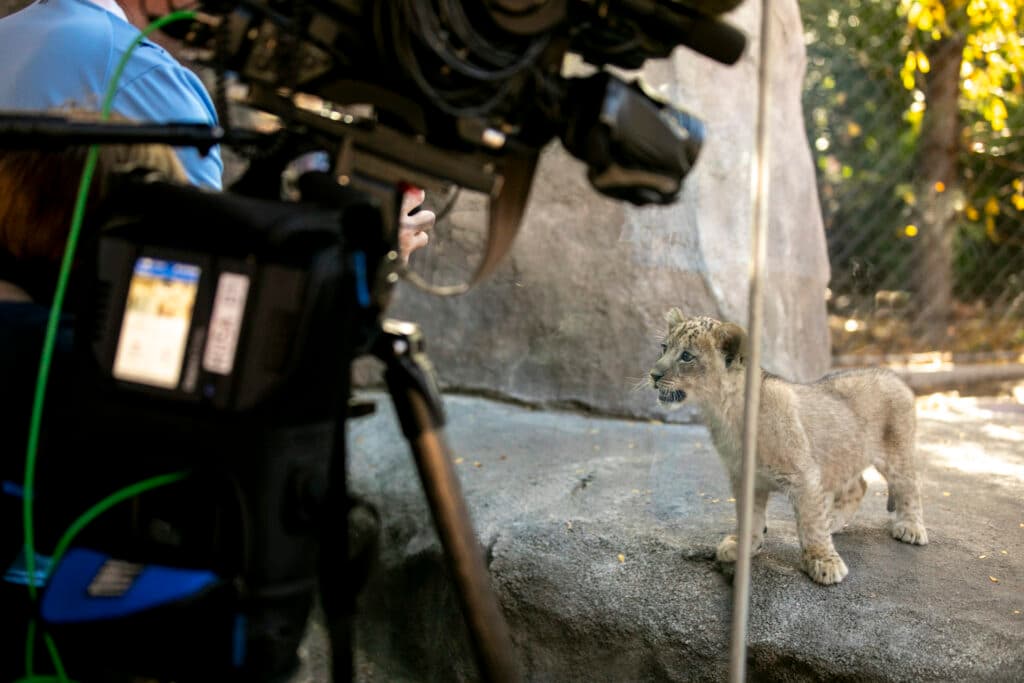
“A species like lions has their own coordinators, like a team of people who look at the genetic population across all the institutions and determine really who should be breeding with who,” she said. “They look at everything. Who has space? Who doesn't have space? What is the population looking like? Do we need to do more breeding? Less breeding? Who genetically needs to move somewhere else to make sure that that genetic diversity stays nice and strong?”
She added that Denver was lucky in this case, since they had both an eligible mother and father already living here.
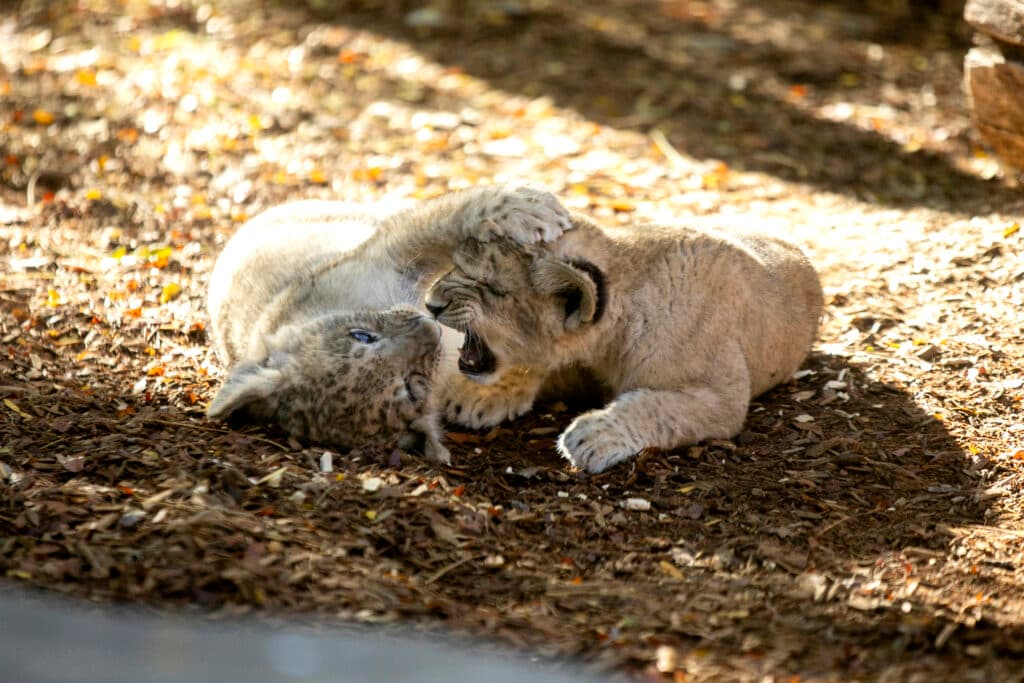
Sometimes, once a new litter is approved, Swift said zoo managers might just let two potential parents live together, then let nature do its thing. In this case, Araali and Usiku, the cubs’ father, only came together to conceive.
“We wanted Usiku to continue to live with his brothers, so that he didn't start seeing them as competition,” Swift said. “Also, Neliah, the great-grandma, has kind of decided, ‘I don't really need to live with a male again,’ and we're respecting that.”
Isabella and Scarlette loved it.
“So cute,” 11-year-old Isabella squealed as she watched them play and roll around on the other side of the glass.
“I just saw one trip and it was so cute, honestly, just seeing how small they are,” Isabella’s 7-year-old cousin, Scarlette, added.
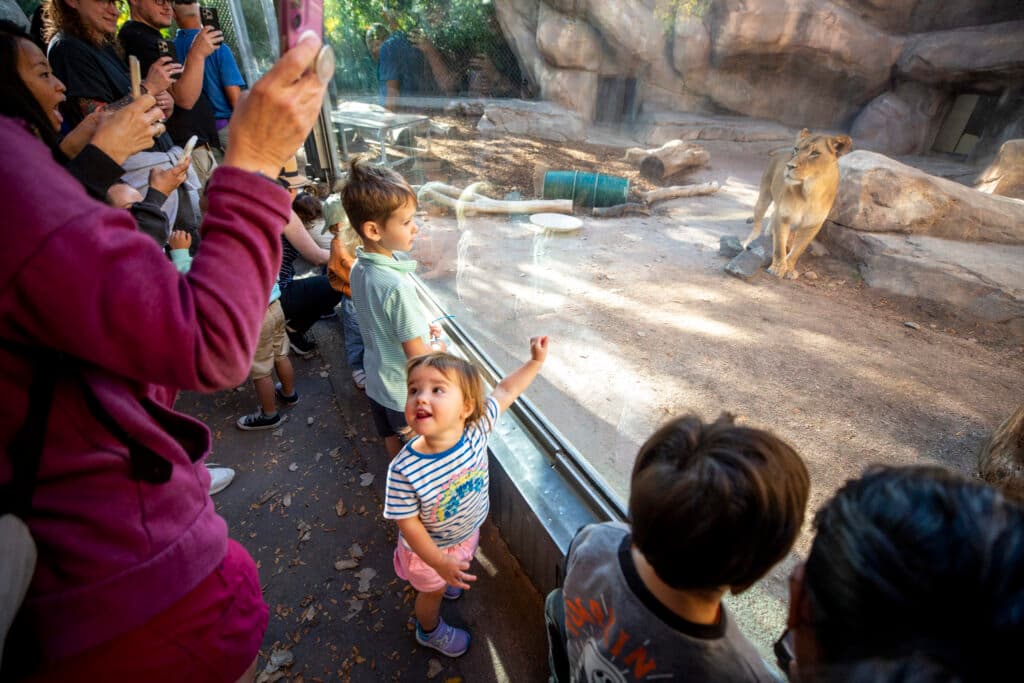
It was before 10 a.m., and the zoo was only open to members at that point, but the place was already crowded with families clamoring for a view.
Kubié, the zoo’s spokesperson, said it was nice to welcome excited visitors after the institution did not get the $50 million it had requested for the proposed Vibrant Denver bond package, which would have kickstarted a new area dedicated to the animals of South America.
Instead, the zoo would get $3 million for deferred maintenance if voters approve the citywide debt spending proposal in November. Vibrant Denver is a package of nearly $1 billion of long-term debt, funded by property taxes, to pay for projects across the city.
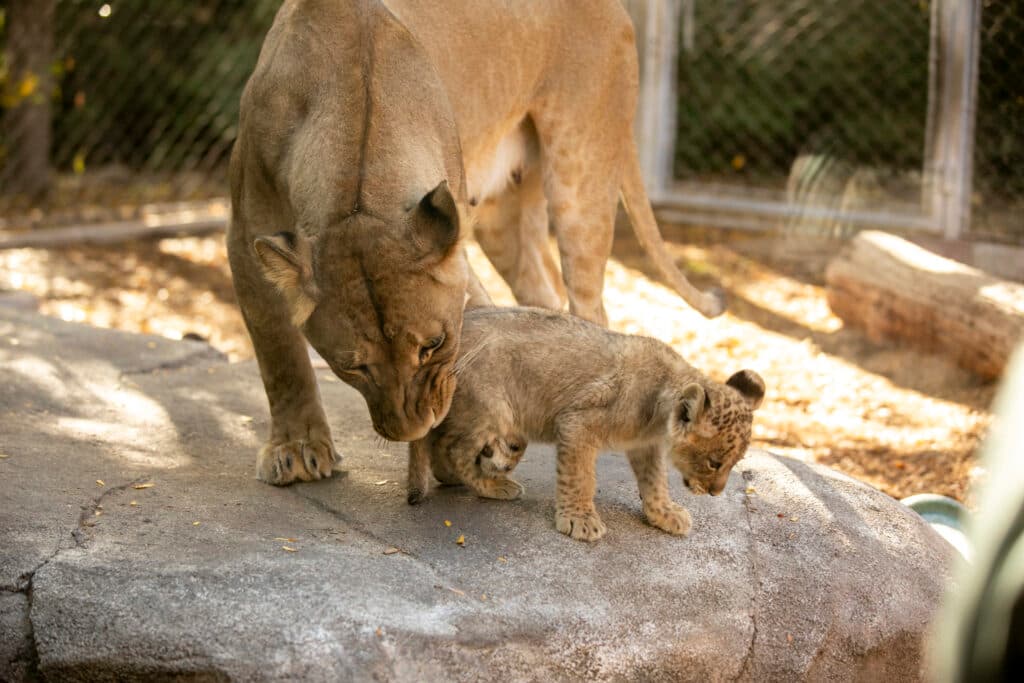
“We're still very grateful for the $3 million that we received, for sure, and very supportive of the city and the bond. The zoo is an incredibly dynamic, ever-changing place with its ups and downs, circle of life all the time,” he said. “Having four cubs is definitely a highlight of the year.”
He expects people’s interest in the new lions will help the zoo pursue other financial goals, even if that’s not the entire point.
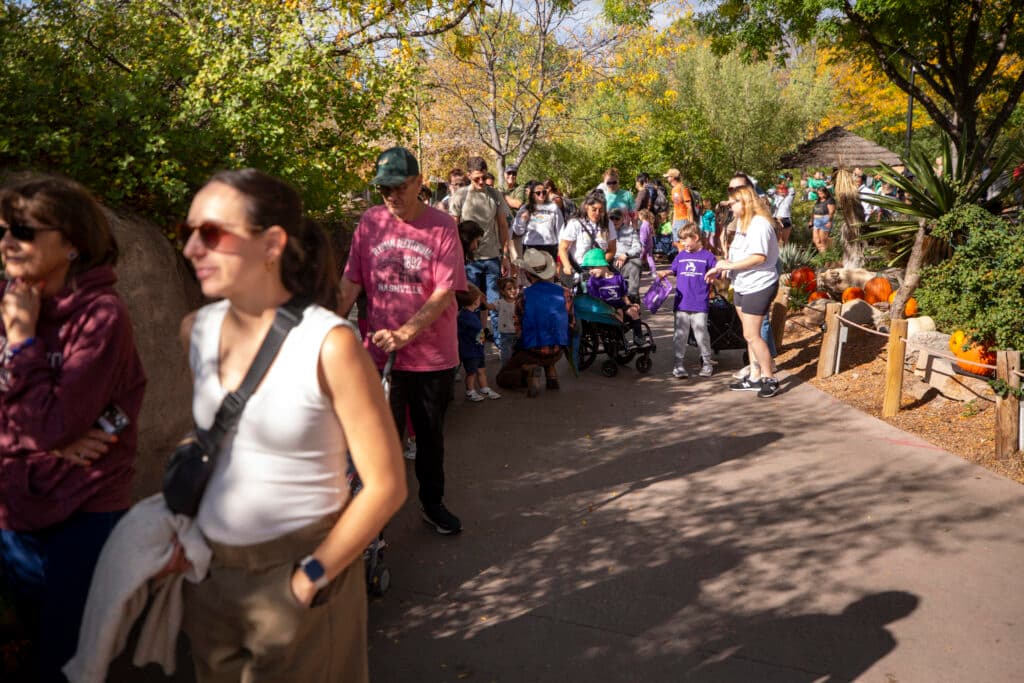
“The cubs are incredibly popular, for sure. Our priority is obviously animal care, helping conserve the species, but we know lion cubs certainly attract a crowd,” he said. “So this is wonderful, certainly for a number of reasons, and it helps support our mission in a lot of ways.”
Kubié added there might be more public engagement to come — whenever the zoo decides to name the new fuzzy quartet. How that will happen, he said, is yet to be determined.

